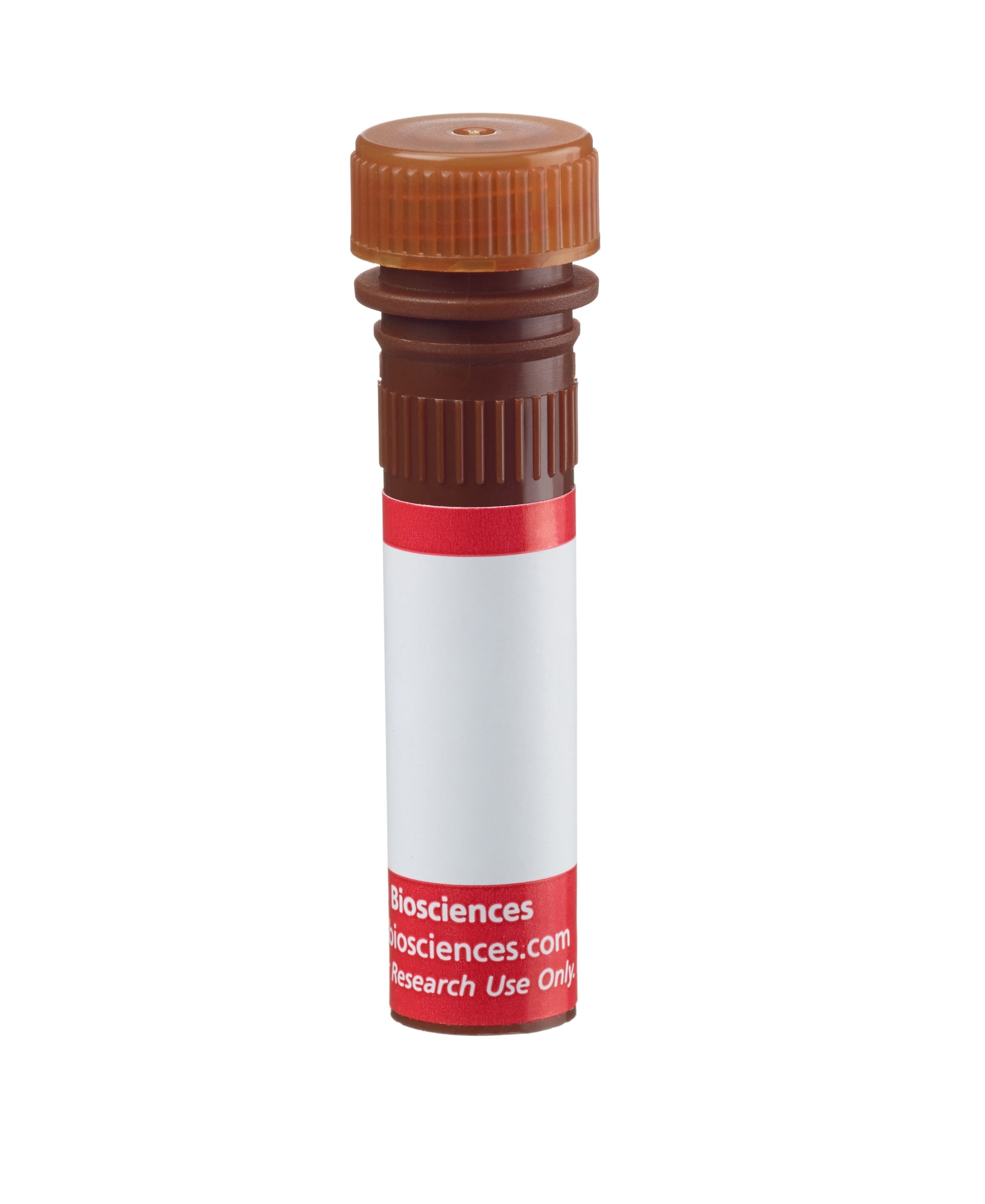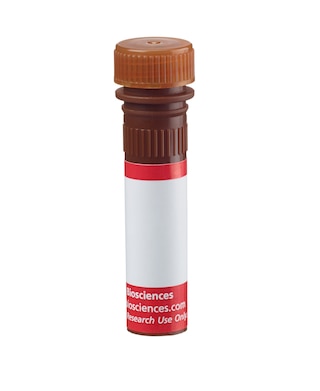-
抗体試薬
- フローサイトメトリー用試薬
-
ウェスタンブロッティング抗体試薬
- イムノアッセイ試薬
-
シングルセル試薬
- BD® AbSeq Assay
- BD Rhapsody™ Accessory Kits
- BD® OMICS-One Immune Profiler Protein Panel
- BD® Single-Cell Multiplexing Kit
- BD Rhapsody™ TCR/BCR Next Multiomic Assays
- BD Rhapsody™ Targeted mRNA Kits
- BD Rhapsody™ Whole Transcriptome Analysis (WTA) Amplification Kit
- BD® OMICS-Guard Sample Preservation Buffer
- BD Rhapsody™ ATAC-Seq Assays
- BD® OMICS-One Protein Panels
-
細胞機能評価のための試薬
-
顕微鏡・イメージング用試薬
-
細胞調製・分離試薬
-
- BD® AbSeq Assay
- BD Rhapsody™ Accessory Kits
- BD® OMICS-One Immune Profiler Protein Panel
- BD® Single-Cell Multiplexing Kit
- BD Rhapsody™ TCR/BCR Next Multiomic Assays
- BD Rhapsody™ Targeted mRNA Kits
- BD Rhapsody™ Whole Transcriptome Analysis (WTA) Amplification Kit
- BD® OMICS-Guard Sample Preservation Buffer
- BD Rhapsody™ ATAC-Seq Assays
- BD® OMICS-One Protein Panels
- Japan (Japanese)
-
Change country/language
Old Browser
Looks like you're visiting us from United States.
Would you like to stay on the current country site or be switched to your country?
BD Pharmingen™ APC-Cy™7 Rat Anti-Mouse CD4
クローン RM4-5 (also known as RM4.5) (RUO)

Two-color flow cytometric analysis of CD4 expression on mouse splenocytes. Mouse splenic leucocytes were preincubated with Purified Rat Anti-Mouse CD16/CD32 antibody (Mouse BD Fc Block™) (Cat. No. 553141/553142). The cells were then stained with PE Hamster Anti-Mouse CD3e antibody (Cat. No. 553064/553063/561824) and either APC-Cy™7 Rat IgG2a, κ Isotype Control (Cat. No. 552770; Left Plot) or APC-Cy™7 Rat Anti-Mouse CD4 (Cat. No. 565650; Right Plot). The two-color flow cytometric contour plot showing the correlated expression of CD4 (or Ig Isotype control staining) versus CD3e was derived from gated events with the forward and side light-scatter characteristics of viable leucocytes. Flow cytometric analysis was performed using a BD™ LSR II Flow Cytometer System.

Two-color flow cytometric analysis of CD4 expression on mouse splenocytes. Mouse splenic leucocytes were preincubated with Purified Rat Anti-Mouse CD16/CD32 antibody (Mouse BD Fc Block™) (Cat. No. 553141/553142). The cells were then stained with PE Hamster Anti-Mouse CD3e antibody (Cat. No. 553064/553063/561824) and either APC-Cy™7 Rat IgG2a, κ Isotype Control (Cat. No. 552770; Left Plot) or APC-Cy™7 Rat Anti-Mouse CD4 (Cat. No. 565650; Right Plot). The two-color flow cytometric contour plot showing the correlated expression of CD4 (or Ig Isotype control staining) versus CD3e was derived from gated events with the forward and side light-scatter characteristics of viable leucocytes. Flow cytometric analysis was performed using a BD™ LSR II Flow Cytometer System.



Two-color flow cytometric analysis of CD4 expression on mouse splenocytes. Mouse splenic leucocytes were preincubated with Purified Rat Anti-Mouse CD16/CD32 antibody (Mouse BD Fc Block™) (Cat. No. 553141/553142). The cells were then stained with PE Hamster Anti-Mouse CD3e antibody (Cat. No. 553064/553063/561824) and either APC-Cy™7 Rat IgG2a, κ Isotype Control (Cat. No. 552770; Left Plot) or APC-Cy™7 Rat Anti-Mouse CD4 (Cat. No. 565650; Right Plot). The two-color flow cytometric contour plot showing the correlated expression of CD4 (or Ig Isotype control staining) versus CD3e was derived from gated events with the forward and side light-scatter characteristics of viable leucocytes. Flow cytometric analysis was performed using a BD™ LSR II Flow Cytometer System.
Two-color flow cytometric analysis of CD4 expression on mouse splenocytes. Mouse splenic leucocytes were preincubated with Purified Rat Anti-Mouse CD16/CD32 antibody (Mouse BD Fc Block™) (Cat. No. 553141/553142). The cells were then stained with PE Hamster Anti-Mouse CD3e antibody (Cat. No. 553064/553063/561824) and either APC-Cy™7 Rat IgG2a, κ Isotype Control (Cat. No. 552770; Left Plot) or APC-Cy™7 Rat Anti-Mouse CD4 (Cat. No. 565650; Right Plot). The two-color flow cytometric contour plot showing the correlated expression of CD4 (or Ig Isotype control staining) versus CD3e was derived from gated events with the forward and side light-scatter characteristics of viable leucocytes. Flow cytometric analysis was performed using a BD™ LSR II Flow Cytometer System.

Two-color flow cytometric analysis of CD4 expression on mouse splenocytes. Mouse splenic leucocytes were preincubated with Purified Rat Anti-Mouse CD16/CD32 antibody (Mouse BD Fc Block™) (Cat. No. 553141/553142). The cells were then stained with PE Hamster Anti-Mouse CD3e antibody (Cat. No. 553064/553063/561824) and either APC-Cy™7 Rat IgG2a, κ Isotype Control (Cat. No. 552770; Left Plot) or APC-Cy™7 Rat Anti-Mouse CD4 (Cat. No. 565650; Right Plot). The two-color flow cytometric contour plot showing the correlated expression of CD4 (or Ig Isotype control staining) versus CD3e was derived from gated events with the forward and side light-scatter characteristics of viable leucocytes. Flow cytometric analysis was performed using a BD™ LSR II Flow Cytometer System.

Two-color flow cytometric analysis of CD4 expression on mouse splenocytes. Mouse splenic leucocytes were preincubated with Purified Rat Anti-Mouse CD16/CD32 antibody (Mouse BD Fc Block™) (Cat. No. 553141/553142). The cells were then stained with PE Hamster Anti-Mouse CD3e antibody (Cat. No. 553064/553063/561824) and either APC-Cy™7 Rat IgG2a, κ Isotype Control (Cat. No. 552770; Left Plot) or APC-Cy™7 Rat Anti-Mouse CD4 (Cat. No. 565650; Right Plot). The two-color flow cytometric contour plot showing the correlated expression of CD4 (or Ig Isotype control staining) versus CD3e was derived from gated events with the forward and side light-scatter characteristics of viable leucocytes. Flow cytometric analysis was performed using a BD™ LSR II Flow Cytometer System.




Regulatory Statusの凡例
Any use of products other than the permitted use without the express written authorization of Becton, Dickinson and Company is strictly prohibited.
Preparation and Storage
Product Notices
- Since applications vary, each investigator should titrate the reagent to obtain optimal results.
- An isotype control should be used at the same concentration as the antibody of interest.
- Caution: Sodium azide yields highly toxic hydrazoic acid under acidic conditions. Dilute azide compounds in running water before discarding to avoid accumulation of potentially explosive deposits in plumbing.
- Please observe the following precautions: Absorption of visible light can significantly alter the energy transfer occurring in any tandem fluorochrome conjugate; therefore, we recommend that special precautions be taken (such as wrapping vials, tubes, or racks in aluminum foil) to prevent exposure of conjugated reagents, including cells stained with those reagents, to room illumination.
- Warning: Some APC-Cy7 and PE-Cy7 conjugates show changes in their emission spectrum with prolonged exposure to formaldehyde. If you are unable to analyze fixed samples within four hours, we recommend that you use BD™ Stabilizing Fixative (Cat. No. 338036).
- APC-Cy7 is a tandem fluorochrome composed of Allophycocyanin (APC), which is excited by laser lines between 595 and 647 nm and serves as an energy donor, coupled to the cyanine dye Cy7™, which acts as an energy acceptor and fluoresces at 780 nm. BD Biosciences Pharmingen has maximized the fluorochrome energy transfer in APC-Cy7, thus maximizing its fluorescence emission intensity, minimizing residual emission from APC, and minimizing required electronic compensation in multilaser-laser flow cytometry systems. Note: Although every effort is made to minimize the lot-to-lot variation in residual emission from APC, it is strongly recommended that every lot be tested for differences in the amount of compensation required and that individual compensation controls are run for each APC-Cy7 conjugate.
- APC-Cy7 tandem fluorochrome emission is collected in a detector for fluorescence wavelengths of 750 nm and higher.
- For fluorochrome spectra and suitable instrument settings, please refer to our Multicolor Flow Cytometry web page at www.bdbiosciences.com/colors.
- Cy is a trademark of GE Healthcare.
- Please refer to www.bdbiosciences.com/us/s/resources for technical protocols.
関連製品






The RM4-5 monoclonal antibody specifically binds to the CD4 (L3T4) differentiation antigen expressed on most thymocytes, subpopulations of mature T lymphocytes (i.e., MHC class II-restricted T cells, including most T helper cells and immunosuppressive regulatory T cells), and a subset of NK-T cells. CD4 has also been reported to be detected on pluripotent hematopoietic stem cells, bone marrow myeloid and B-lymphocyte precursors, intrathymic lymphoid precursors, and a subset of splenic dendritic cells. CD4 has been reported to be expressed on the plasma membrane of mouse egg cells and is involved in adhesion of the egg to MHC class II-bearing sperm. CD4 is an antigen coreceptor on the T-cell surface which interacts with MHC class II molecules on antigen-presenting cells. It participates in T-cell activation through its association with the T-cell receptor complex and protein tyrosine kinase lck. Purified RM4-5 mAb has been reported to block the binding of FITC-conjugated anti-mouse CD4 clones GK1.5 and H129.19, but not the RM4-4 clone.

Development References (11)
-
Bendelac A. Mouse NK1+ T cells. Curr Opin Immunol. 1995; 7(3):367-374. (Biology). View Reference
-
Bierer BE, Sleckman BP, Ratnofsky SE, Burakoff SJ. The biologic roles of CD2, CD4, and CD8 in T-cell activation. Annu Rev Immunol. 1989; 7:579-599. (Biology). View Reference
-
Bosselut R, Zhang W, Ashe JM, Kopacz JL, Samelson LE, Singer A. Association of the adaptor molecule LAT with CD4 and CD8 coreceptors identifies a new coreceptor function in T cell receptor signal transduction. J Exp Med. 1999; 190(10):1517-1526. (Biology). View Reference
-
Godfrey DI, Kennedy J, Mombaerts P, Tonegawa S, Zlotnik A. Onset of TCR-β gene rearrangement and role of TCR-β expression during CD3-CD4-CD8- thymocyte differentiation. J Immunol. 1994; 152(10):4783-4792. (Clone-specific: Flow cytometry). View Reference
-
Laronne-Bar-On A, Zipori D, Haran-Ghera N. Increased Regulatory versus Effector T Cell Development Is Associated with Thymus Atrophy in Mouse Models of Multiple Myeloma. J Immunol. 2008; 181(5):3714-3724. (Biology). View Reference
-
Nakamura T. Personal Communication. .
-
Takeuchi Y, Horiuchi T, Hamamura K, Sugimoto T, Yagita H, Okumura K. Role of CD4 molecule in intrathymic T-cell development. Immunology. 1991; 74(2):183-190. (Biology). View Reference
-
Tanaka T, Tsudo M, Karasuyama H, et al. A novel monoclonal antibody against murine IL-2 receptor beta-chain. Characterization of receptor expression in normal lymphoid cells and EL-4 cells. J Immunol. 1991; 147(7):2222-2228. (Clone-specific: Flow cytometry). View Reference
-
Wineman JP, Gilmore GL, Gritzmacher C, Torbett BE, Muller-Sieburg CE. CD4 is expressed on murine pluripotent hematopoietic stem cells. Blood. 1992; 180(7):1717-1724. (Biology). View Reference
-
Wu L, Antica M, Johnson GR, Scollay R, Shortman K. Developmental potential of the earliest precursor cells from the adult mouse thymus. J Exp Med. 1991; 174(6):1617-1627. (Biology). View Reference
-
Wu L, Scollay R, Egerton M, Pearse M, Spangrude GJ, Shortman K. CD4 expressed on earliest T-lineage precursor cells in the adult murine thymus. Nature. 1991; 349(6304):71-74. (Biology). View Reference
Please refer to Support Documents for Quality Certificates
Global - Refer to manufacturer's instructions for use and related User Manuals and Technical data sheets before using this products as described
Comparisons, where applicable, are made against older BD Technology, manual methods or are general performance claims. Comparisons are not made against non-BD technologies, unless otherwise noted.
For Research Use Only. Not for use in diagnostic or therapeutic procedures.